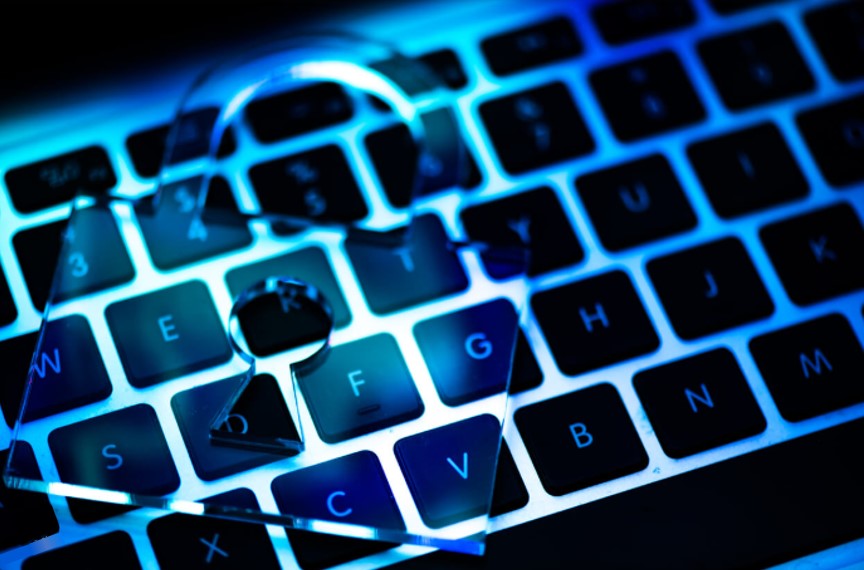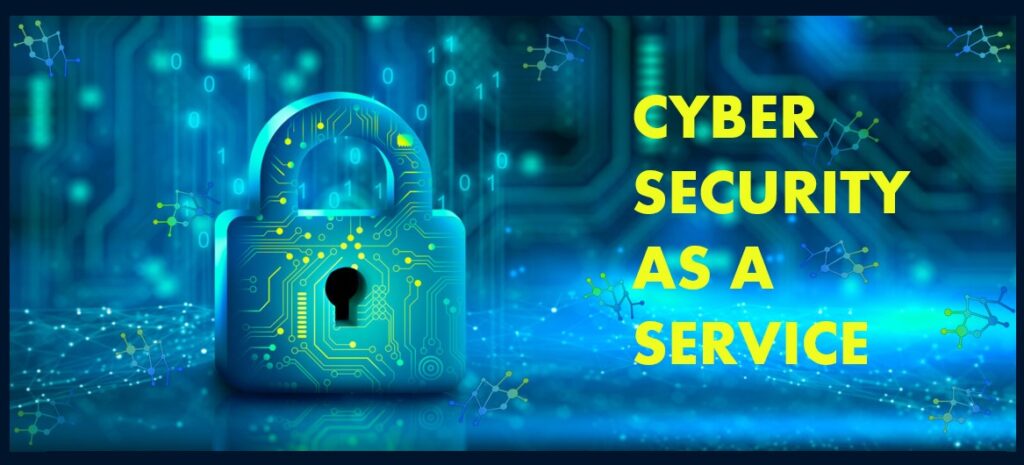Ensuring Digital Health with Better Cyber Hygiene
September 27, 2024

In today’s digital advancements, where our lives are increasingly intertwined with technology, the concept of cyber hygiene has become more crucial than ever. Similar to personal hygiene practices that maintain physical health, cyber hygiene refers to the steps and precautions individuals and organizations must take to maintain their digital well-being and protect against cyber threats. Let’s delve into what cyber hygiene entails and outline the top 10 rules to follow for better cybersecurity.
Defining Cyber Hygiene
Cyber hygiene encompasses a range of practices aimed at safeguarding computers, networks, and data from unauthorized access, attacks, and damage. Just as washing hands prevents the spread of germs, adhering to cyber hygiene practices mitigates risks and ensures a safer digital environment. This proactive approach is essential in an era where cyber threats are increasingly sophisticated and pervasive.

Top 10 Rules for Cyber Hygiene
- Keep Software Updated
Ensure all software on your devices, including operating systems, antivirus programs, and applications, is regularly updated with the latest security patches. Software updates often include fixes for vulnerabilities that could be exploited by cyber attackers.
- Use Strong, Unique Passwords
Create strong passwords using a combination of letters (both uppercase and lowercase), numbers, and special characters. Avoid using easily guessable information like birthdays or names. Consider using a reputable password manager to securely store and manage passwords for different accounts.
- Enable Two-Factor Authentication (2FA)
Enable 2FA wherever possible, especially for sensitive accounts like email, banking, and social media. This adds an extra layer of security by requiring a second form of verification, such as a code sent to your mobile device, in addition to your password.
- Be Cautious of Phishing Attacks
Exercise caution when clicking on links or downloading attachments from unknown or suspicious emails, messages, or websites. Phishing remains one of the most common methods used by cybercriminals to trick individuals into revealing sensitive information or installing malware.
- Backup Regularly
Regularly backup important data to an external hard drive, cloud storage service, or both. In the event of a ransomware attack or hardware failure, backups ensure that you can recover your data without paying a ransom or losing valuable information.

- Secure Your Wi-Fi Network
Change default router passwords and use strong encryption (e.g., WPA2 or WPA3) for your Wi-Fi network. Disable remote management features if not needed and consider hiding your network’s SSID to make it less visible to potential attackers.
- Limit Access with Least Privilege
Apply the principle of least privilege by granting users access only to the resources necessary for their roles. Restrict administrative privileges to those who genuinely need them and implement strong access controls to prevent unauthorized access to sensitive data.
- Educate and Train Users
Educate yourself and your employees or family members about cybersecurity best practices. Conduct regular training sessions to raise awareness about phishing, social engineering tactics, and the importance of following cyber hygiene guidelines.
- Monitor Devices and Networks
Regularly monitor your devices and network for unusual activity or signs of compromise. Install reputable security software that includes features like intrusion detection and endpoint protection to detect and respond to threats in real-time.
- Develop an Incident Response Plan
Prepare and maintain an incident response plan outlining the steps to take in case of a cybersecurity incident. This should include procedures for containing the incident, notifying stakeholders, preserving evidence, and restoring affected systems and data.

By practicing good cyber hygiene, individuals and organizations can significantly reduce the risk of falling victim to cyber threats. These 10 rules serve as foundational guidelines to help you build a strong cybersecurity posture and protect your digital assets effectively. Remember, cybersecurity is an ongoing effort that requires vigilance, awareness, and proactive measures to stay ahead of evolving threats in our interconnected world. Embrace cyber hygiene as a daily practice to safeguard your digital health and maintain peace of mind in an increasingly digital era.
Have Any Question?
Call or email Cocha. We can help with your cybersecurity needs!
- (281) 607-0616
- info@cochatechnology.com




